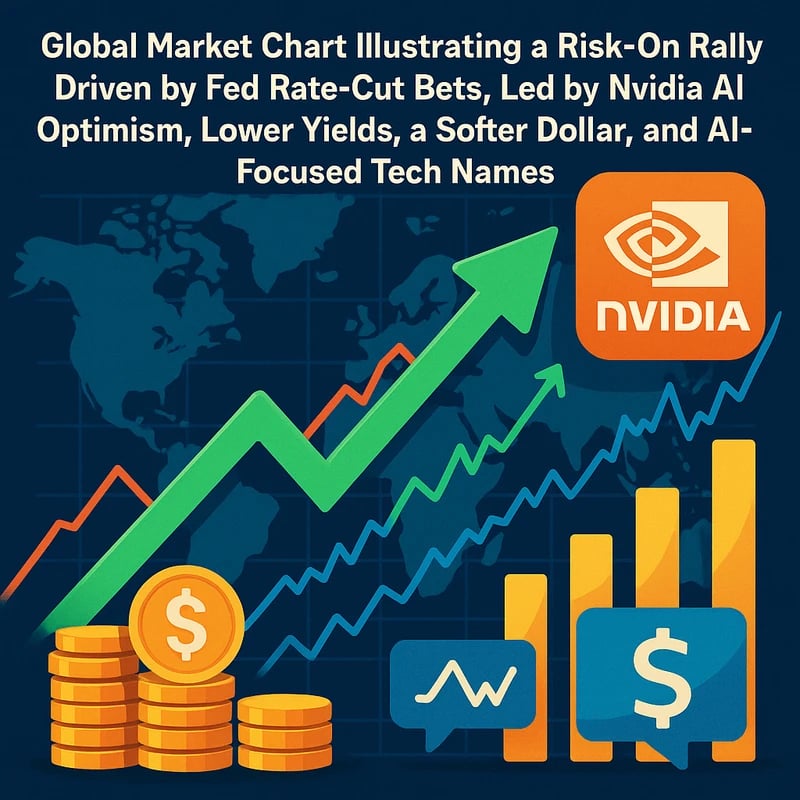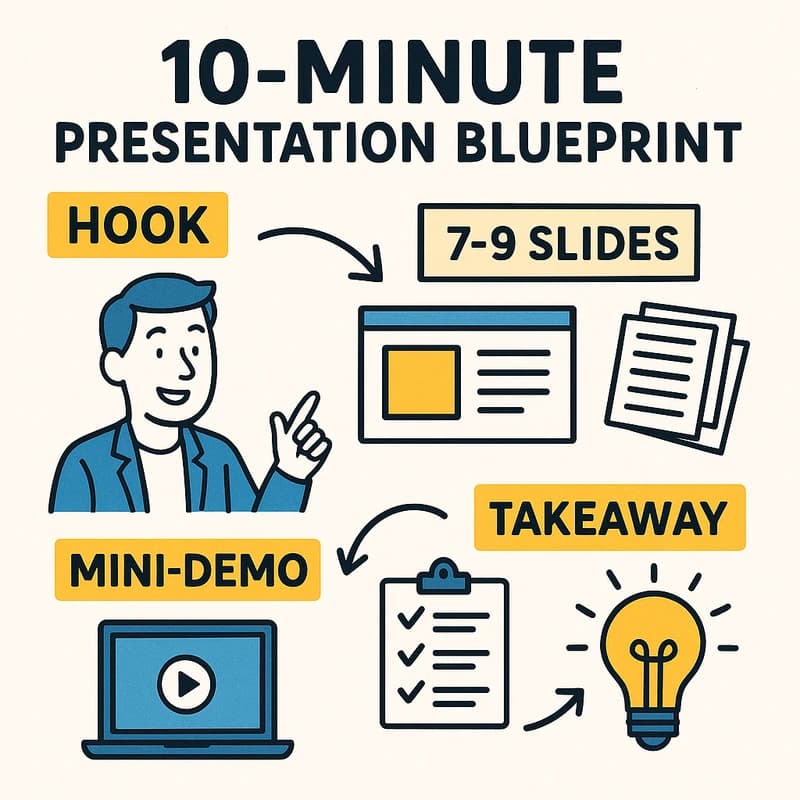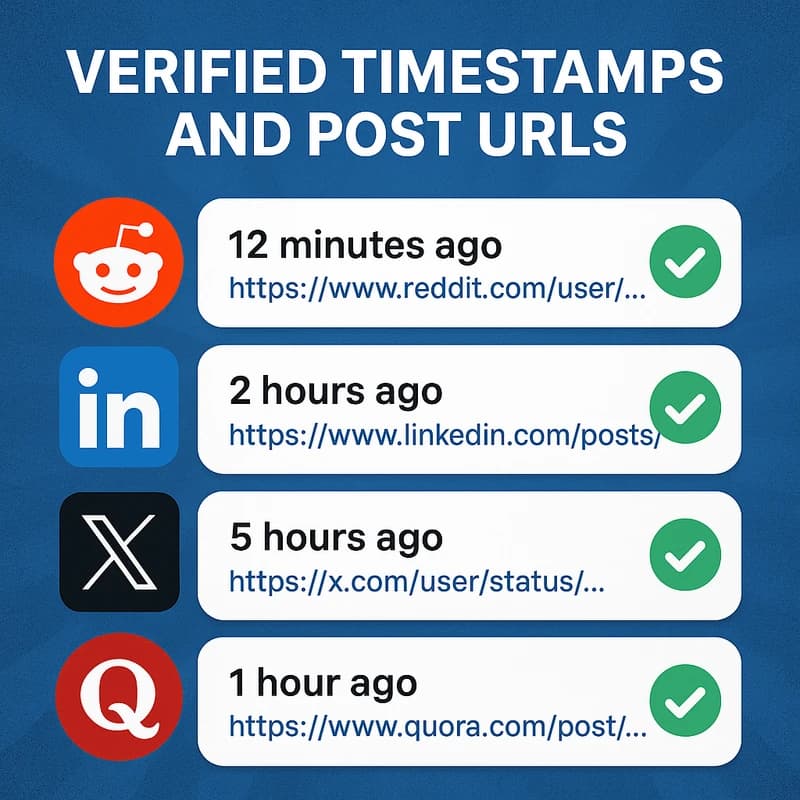Fed rate-cut bets have markets entering a renewed risk-on phase as Nvidia and AI-led tech names rally. Learn what could drive gains this September.
Quick Answer
Fed rate-cut bets have vaulted global markets into a renewed risk-on phase. Markets are pricing roughly an 80%+ chance of a quarter-point cut in September, sending yields and the dollar lower while lifting equities, led by AI and tech-linked names. Nvidia earnings loom as a potential catalyst, reinforcing optimism around AI-driven growth. Oil and gold ticked higher as sentiment improved. The path remains data-dependent, with sticky inflation and growth risks still on the radar.
Key Takeaway: A Fed-rate-cut-driven rally is the new baseline, supported by Nvidia’s earnings optimism and AI-driven tech strength, but macro data will keep the narrative dynamic.
Complete Guide to Fed rate-cut bets
The renewed focus on Fed rate-cut bets is reshaping asset prices across regions. Traders are balancing odds of a September move with evolving signals from Powell, while Nvidia’s results threaten to tilt the mood from cautious optimism to exuberant risk-on in tech and AI-related equities. Across FX, bonds, and commodities, the playbook centers on looser policy, lower Treasury yields, and a softer dollar, all of which tend to lift equities—especially AI and software complex names.
-
When will the Federal Reserve cut interest rates? The market is currently pricing a high probability of a September cut, with bets hovering around 80%+ ahead of central-bank communications and Nvidia’s earnings release. If inflation cools more quickly than expected and growth holds, the odds of a September move could rise further. Conversely, hotter inflation or a surprise hawkish tone could push the timing later.
Key Takeaway: The September window is the most scrutinized moment for Fed rate cuts, contingent on incoming inflation and growth data. -
How will Nvidia earnings affect the stock market? Nvidia’s earnings are a linchpin for AI-linked stocks and broader tech sentiment. A solid beat could extend the rally in semis and data-center beneficiaries, lifting risk appetite globally. A softer print or cautious guidance might cap upside and reframe Nvidia as a momentum variable rather than a market engine.
Key Takeaway: Nvidia earnings loom as a potential catalyst for AI-driven rallies and broader tech leadership, but the outcome hinges on guidance and data. -
Why are global markets rallying on rate-cut bets? A clear driver is the anticipated boost to consumer spending, capex, and risk appetite from lower rates. Easier policy tends to compress yields, flatten the dollar, and support multiple expansion in growth stocks, especially AI and cloud plays. The cross-asset reaction—higher stocks, lower volatility, firmer commodity demand—reflects a re-pricing of risk on the back of looser monetary policy expectations.
Key Takeaway: Rate-cut bets flip the risk-reward balance toward equities, with AI and tech a natural beneficiary. -
What are the odds of a September rate cut? The odds have surged to multi-month highs, with 80%+ probability reflected in futures, should inflation stay on a cooling trajectory and growth data cooperate. Any sign of persistent inflation or a sharp resilience in wages could trim those bets.
Key Takeaway: The September odds hinge on the inflation-growth data pulse; the current pricing implies strong confidence in a cut. -
How do rate cuts impact the dollar and commodities? Rate cuts generally weaken the dollar as U.S. yields compress relative to other major economies, and they often lift non-U.S. assets, including commodities like oil and gold, which benefit from a softer dollar and improved risk appetite. This dynamic supports a bid in energy and precious metals alongside equities.
Key Takeaway: A softer dollar and firmer commodity pricing are typical companion moves when rate-cut bets rise. -
What stocks benefit from AI optimism and Nvidia results? AI-focused names—semis, cloud providers, data-center playmakers, and software firms with AI integrations—tend to outperform in a rate-cut backdrop. Nvidia, in particular, can set the tone; its earnings reinforce AI adoption narratives and can lift sentiment for peers and suppliers.
Key Takeaway: AI leadership stocks often lead the charge in a rate-cut-driven rally, with Nvidia acting as a bellwether. -
How are Asian markets reacting to Fed bets? Regions like Japan, Korea, and China have shown resilience and upside as global risk appetite improves. The Nikkei, KOSPI, and CSI300 often lead early gains on rate-cut expectations, while domestic themes like AI investment and export demand shape sector performance.
Key Takeaway: Asia’s equities are trading with a constructive tilt as Fed bets support global risk-on. -
What macro risks could derail the rally? Sticky inflation, persistent wage growth, and slower-than-expected growth could cap multiple expansion or spark a pivot back to risk-off. Geopolitical tensions, supply-chain frictions, and policy surprises elsewhere (e.g., near-term inflation surprises) remain potential headwinds.
Key Takeaway: The macro setup remains constructive but fragile; data surprises could reframe the narrative quickly. -
How are bonds pricing the shift? Treasury yields have pulled back on renewed rate-cut bets, steepening the path toward lower-for-longer policy expectations. If expectations re-anchor at cooling inflation, the yield curve may continue to flatten in the near term while long-end yields drift lower.
Key Takeaway: Bond markets reflect a dovish tilt, reinforcing the risk-on framework but subject to inflation surprises. -
How long could the rate-cut cycle last? If data continues to cool and growth stays propped by AI-led investment, another round of cuts or a path toward a more accommodative stance could emerge. The pace and depth depend on inflation and labor market dynamics, but a multi-quarter easing cycle remains within the realm of possibility.
Key Takeaway: The duration of rate cuts hinges on the inflation-growth balance and the Fed’s confidence in its inflation trajectory. -
What role does Nvidia play in risk-on sentiment? Nvidia’s results act as a bellwether for AI demand and hardware demand linked to cloud and enterprise software, influencing broader AI stock rotations. A strong print reinforces the AI narrative and can lift ancillary tech names, while a soft result could deflate momentum.
Key Takeaway: Nvidia earnings loom large as a proxy for AI infrastructure demand and market confidence in the AI growth thesis. -
What should traders watch this week? Beyond Nvidia, investors should monitor key inflation prints, consumer spending signals, and guidance from major tech companies. The reaction to Fed communications and Powell’s remarks will also be pivotal, as will geopolitical headlines that can shift risk appetite quickly.
Key Takeaway: The week ahead is a data- and guidance-driven crucible for the rate-cut narrative.
Supporting data points and expert input:
- Global equity indices have shown a marked tilt toward risk-on as rate-cut bets mounted, with several major benchmarks up more than 1% in intraday trade on buoyant sentiment.
- Nvidia’s market capitalization and earnings trajectory have continued to color AI stock flows, underscoring the sensitivity of tech-driven sectors to policy moves and AI demand signals.
- Analysts at leading banks have revised macro scenarios to include a higher likelihood of early rate cuts, citing cooler-than-expected inflation metrics and resilient corporate earnings.
Related topics for internal linking: Fed policy outlook, AI-driven equities, global macro signals, US dollar dynamics, Treasury yields, tech earnings season, China tech stocks, commodity markets, oil price drivers, gold as a risk-on barometer.
Key Takeaway: The Fed-rate-cut bets narrative is broad-based, connecting policy expectations to cross-asset dynamics and AI-fueled tech leadership, with Nvidia earnings as a decisive swing factor.
Why This Matters in 2025
As 2025 unfolds, the market environment is defined by the tug-of-war between inflation persistence and policy accommodation. The renewed focus on Fed rate-cut bets comes at a time when AI momentum, capital expenditure in data centers, and cloud computing demand are shaping earnings trajectories for the tech sector. The resilience of growth stocks amid looser policy could redefine sector leadership beyond year-end 2023–24 cycles.
-
Recent data highlights: US inflation cooled more than expected in recent readings, while job growth remained robust enough to complicate the Fed’s path. Traders priced in roughly an 80%+ probability of a September cut, shifting portfolios toward equities, rate-sensitive sectors, and AI-enabled names.
-
Regional responses: Asian markets, including Japan’s Nikkei and China’s CSI300, logged solid gains as rate-cut bets boosted risk appetite. Chinese blue chips demonstrated one of their strongest monthly runs this year, while commodity-linked assets benefited from a softer dollar.
-
Expert perspectives: Analysts emphasize that the rally remains fragile; a combination of sticky inflation readings and slower-than-expected global growth could test the durability of the move. Yet the longer-term thesis—policy easing to unlock more capex and AI adoption—remains compelling for tech and AI-focused equities.
-
Implication for investors: Diversified exposure to AI infrastructure, semiconductors, and software with AI accelerants can help capture upside as rate-cut bets consolidate. Risk controls are essential given the risk that inflation surprises could interrupt the rally.
Key Takeaway: In 2025, a dovish tilt toward rate cuts supports risk-on across assets, but the trajectory will hinge on inflation and growth data—particularly how Nvidia’s earnings feed into AI-driven demand.
Engagement note: If you’re a trader or student of markets, you’ll want to watch how Nvidia earnings interact with Fed communications, and how the dollar and yields respond to those signals.
Related topics for internal linking: monetary policy expectations, AI market cycles, semiconductor demand, global trade flows, commodity prices, investment strategies in a rate-cut regime.
People Also Ask
When will the Federal Reserve cut interest rates?
The market is currently pricing a high probability of a September rate cut, with odds around 80%+ if inflation remains on a cooling trajectory. If data runs hotter than expected, the move could be delayed to later meetings.
Key Takeaway: September is the focal point; data will determine whether the cut happens on schedule.
How will Nvidia earnings affect the stock market?
Nvidia earnings are a barometer for AI-driven demand and data-center strength. A strong print can lift the broader AI and tech complex, boosting investor risk appetite and lifting semis and software peers. A subdued result could dampen momentum and steer flows toward more cyclical names.
Key Takeaway: Nvidia earnings loom as a pivotal AI signal that can reset risk sentiment quickly.
Why are global markets rallying on rate-cut bets?
Rate-cut bets typically compress yields, soften the dollar, and expand multiple valuations for growth stocks, especially in AI and cloud software. The net effect is higher risk appetite and cross-asset rallies as investors anticipate easier financial conditions.
Key Takeaway: The rally is anchored in a perceived safety net of looser policy feeding growth expectations.
What are the odds of a September rate cut?
Odds are skewed toward a September move, with futures pricing suggesting a high probability. Any deviation—due to higher inflation or a hawkish Fed stance—could shift the odds toward later meetings.
Key Takeaway: September odds are high but data-sensitive; surprises can alter the path.
How do rate cuts impact the dollar and commodities?
Rate cuts tend to soften the dollar and lift commodity prices as yields fall and risk appetite improves. Gold and oil often respond positively in this environment, reflecting a softer dollar and improved demand prospects.
Key Takeaway: A weaker dollar and stronger commodity markets typically accompany rate-cut bets.
What stocks benefit from AI optimism and Nvidia results?
AI-led names—Nvidia suppliers, cloud services, data-center hardware, and AI software developers—tend to outperform in a rate-cut regime. Nvidia’s results can broaden leadership for the AI complex, while other tech winners ride the wave of AI-enabled growth.
Key Takeaway: AI leadership stocks tend to outperform when rate-cut expectations rise.
Next Steps
- Monitor Nvidia earnings and Fed communications closely. A positive Nvidia print paired with dovish commentary could extend the risk-on momentum, while any surprise on inflation could quicken the pivot back to caution.
- Align portfolios toward AI/meta-platform leaders, semis, cloud infrastructure, and software with AI capabilities, but maintain risk controls and diversification to weather potential revisions in rate-cut expectations.
- Track cross-asset signals: watch the dollar, Treasury yields, and commodity prices for confirmation of the macro regime shift. A softer dollar and rising oil/gold prices would reinforce the rate-cut-driven narrative.
- Review regional exposures: Asia’s equity dynamics may continue to lead or lag based on global risk sentiment and China policy cycles; adjust allocations to reflect evolving macro cues.
Key Takeaway: The path forward hinges on data and Nvidia’s earnings, with a need for disciplined risk management and diversified AI exposure to exploit the rate-cut narrative while preserving downside protection.
Related topics for internal linking: Nvidia earnings analysis, AI investment thesis, Fed communications watch, yield-curve dynamics, commodity price drivers, regional equity strategies, inflation data interpretation, risk management in a rate-cut regime.
If you’ve read this far, you’re aligning with a data-driven narrative where Fed rate-cut bets are the gravity. The interplay between policy signals, AI-driven growth, and cross-asset moves will keep markets volatile but navigable for readers who stay informed and adaptive.



